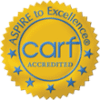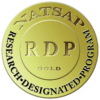Drug abuse continues to be a problem throughout the United States and the world. Unfortunately, many people do not get the treatment that they need because they don’t want to admit that they have a problem. However, getting treatment at women’s treatment center in North Carolina gives you the tools you need to attain a full, proper recovery. At the Willows at Red Oak, we help young women stop using drugs so they can start living life again. One critical step towards helping our clients towards recovery is to help keep them clean with relapse prevention. But what are the essential components of a relapse prevention plan? For more information on this vital service, contact the Willows at Red Oak today at 855.773.0614.
What is a Relapse Prevention Plan?
Many experts say that a relapse prevention plan is an essential tool for individuals entering recovery. This plan allows you to identify and plan for behaviors that may lead to relapse in the future. When you know what to look for, you can combat those behaviors and get yourself back on the road to recovery.
When you come to the Willows at Red Oak for treatment, our counselors will work with you to write up a plan to share with your treatment team and support group. This document will include the actions you will take in response to cravings and other addiction triggers.
Because relapse isn’t a spur-of-the-moment event, you can acknowledge and act on the feelings that lead to relapse. That allows you to avoid physically returning to drugs and alcohol.
Creating a Relapse Prevention Plan
The first step to creating a relapse prevention plan is to assess your history of substance abuse. You should ask yourself if there was a certain time, you were more likely to use drugs or alcohol, or if certain people encouraged you to use substances. You can also identify your behavioral and thought patterns that led to your substance use and what events led you to relapse in the past.
Many people act, think, or feel differently when they’re considering returning to drugs and alcohol. The next step you should take is to determine whether any signs in your life lead to relapse. Think about a list of scenarios that might lead to you going back to drugs or alcohol. Then, list these signs so you’ll recognize them if they appear in your life. This step can give you insight into your addiction triggers. By sharing the list with your treatment team, they can help you prevent relapse in the future.
Finally, create a list of steps to prevent yourself from turning back to substances. For instance, if you think relationship drama could lead to you returning to drugs or alcohol, think of other ways to express your frustration and pain. You can call a friend or family member or attend a support group. Try to make your relapse prevention plan as specific as possible, because you will be less likely to return to using substances again if you have steps to prevent it.
Get Treatment at The Willows at Red Oak
Most people, even people in active recovery, fail to understand what all factors into relapse. To best prevent relapse, a 90-day, you need a holistic approach combined with evidence-based therapies. We have redefined the clinical experience for addressing addictions. Furthermore, we offer a range of addiction treatment programs, including:
- Alcohol addiction treatment
- Heroin addiction treatment
- Cocaine addiction treatment
- Opioid addiction treatment
You can learn about your treatment options by calling The Willows at 855.773.0614. Let us help you prevent relapse and fully recover from addiction.






